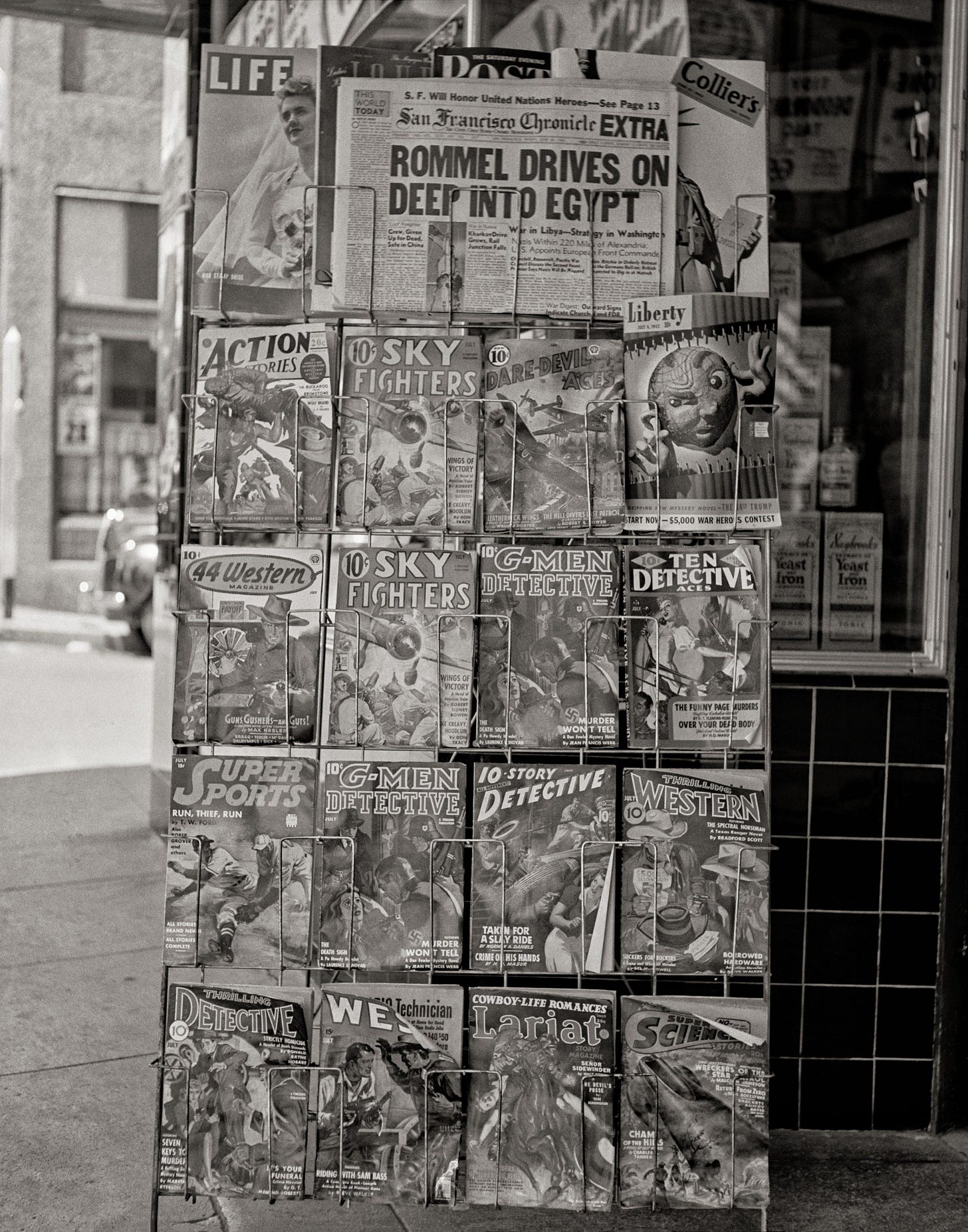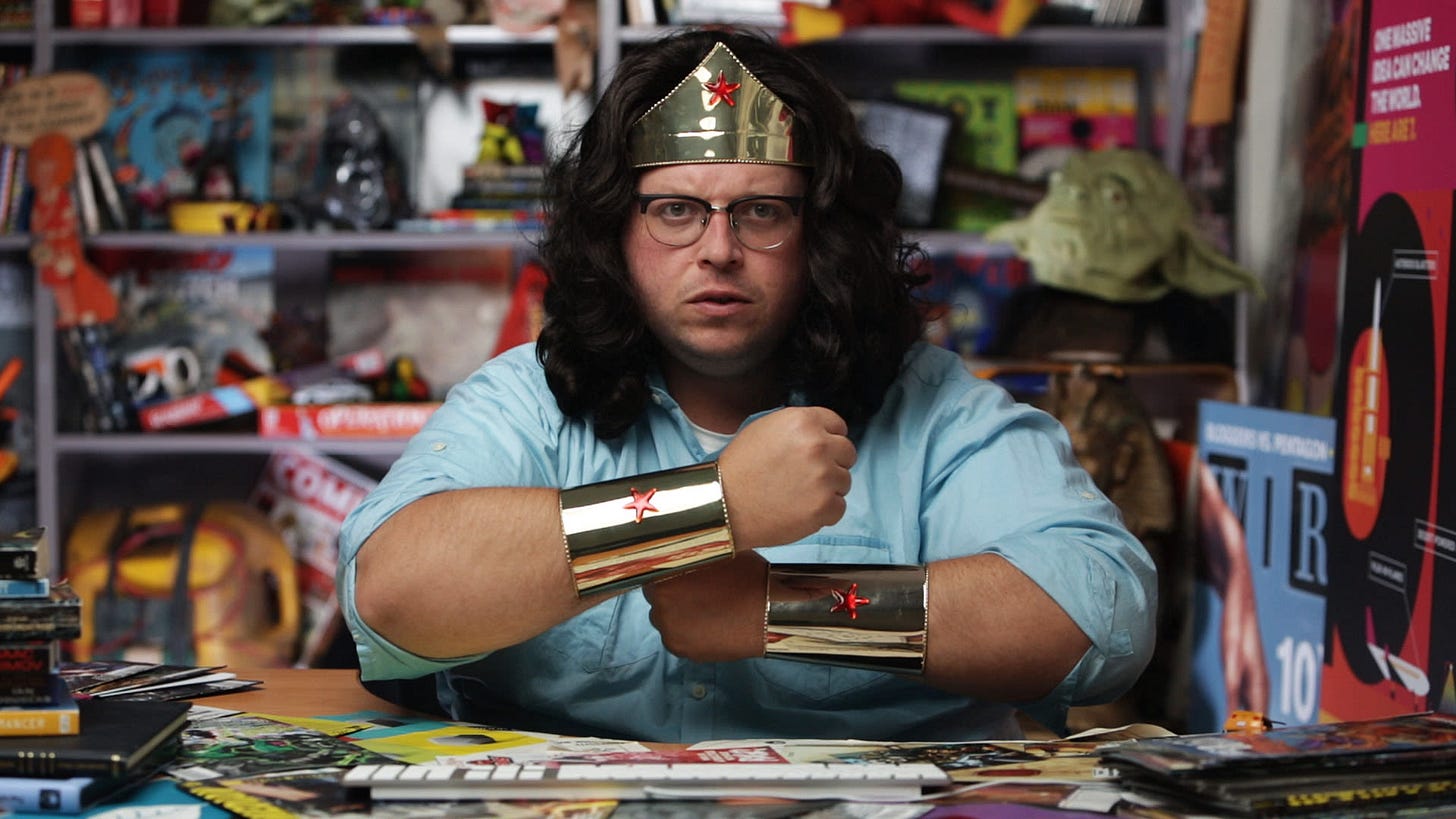Comic books were, like jazz, blues, and rock & roll, a distinctly American art form. Like everything else that once defined America, the medium is at Death’s door…or arguably already dead.
There are several reasons for the art form’s current doom spiral. Many will point to the dominance of other mediums, of course, and there’s much truth to that. The World Wide Web is perhaps the primary culprit in the Current Year—especially social media. Even texting is a pastime these days—people aged 11-45 will spend hours at one sitting engaging in it, every day. All kinds of distractions vie for people’s attention on so-called “smart phones.” (What an ironic name since, together with government schools, the devices have turned our population functionally illiterate and incapable of critical thought.)
Before that, there were video and computer games.
But even before personal computers and home game consoles, there was television.
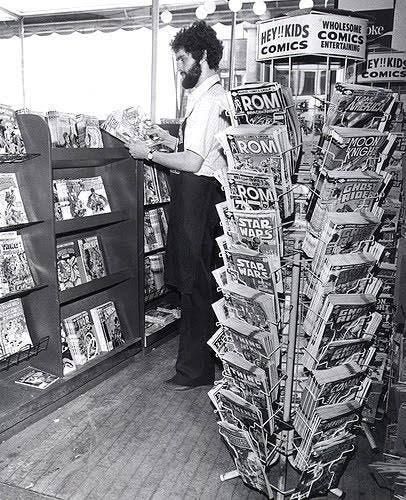
Yup—all those were competition for comic books. But competition isn’t the only detriment—or even the most compelling. I and my peers grew up with some of those distractions, but still became avid comic readers. I can’t tell you how long my schoolmates remained so, but I myself still would be if not for other factors.
I was somewhere between a porch monkey and a yard ape (the progression begins at carpet critter, then rug rat, and so on) when I began reading comic books—which brings up the next cause of the medium’s decline.
Comics were originally for kids—specifically: preteen boys. During the Golden Age, when our overall population in the USA was a fraction of what it is today, far more comics were sold to boys than are sold to every demographic in the Iron Age…and were sold during the Bronze Age (when I discovered the medium).
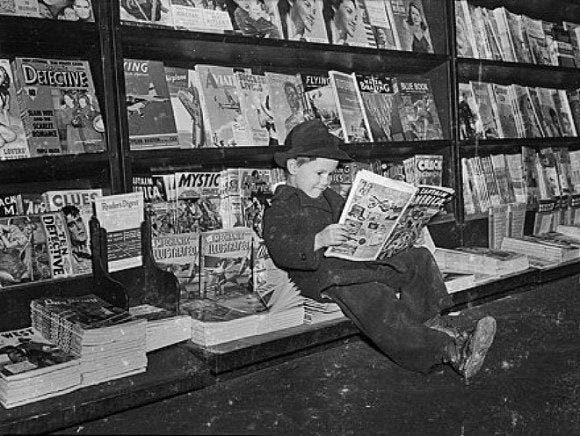
Though there are some great comic stories from the Golden Age that adults can appreciate, most of it was cheap, quick (sloppy) kid’s stuff. Over time, the writing and artwork matured, so that both children and adults could appreciate it—much like the classic Loony Tunes and other Warner Brothers’ cartoons. This was a positive development, but possibly guaranteed a negative one. By the Silver Age, most G.I. (“Greatest”) and Silent Generation readers had aged out of the market. The audience became almost exclusively Boomers.
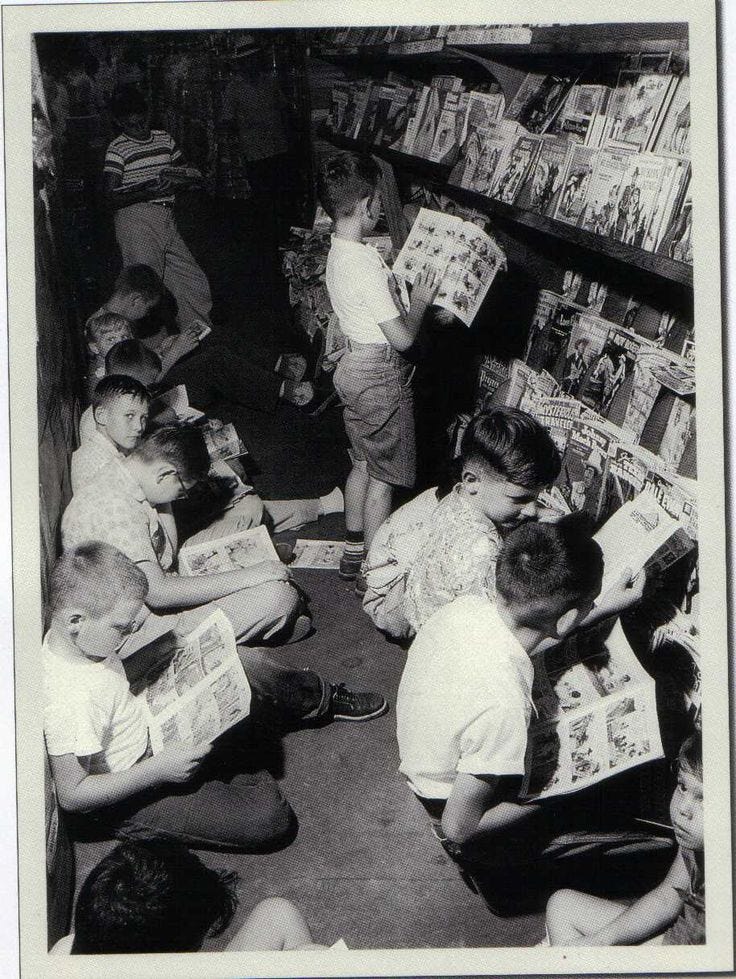
As the early cohorts of the Boom Generation aged into adulthood, Stan Lee took over at what would become Marvel, and revolutionized the industry with more mature plots and themes. Many Boomers kept reading comics, well into their adult years, possibly thanks to what Stan Lee facilitated. From their generation would come writers and artists whose aspirations were focused on comic books (instead of ultimately wanting to create newspaper strips or pursue “more serious literature” (prose).
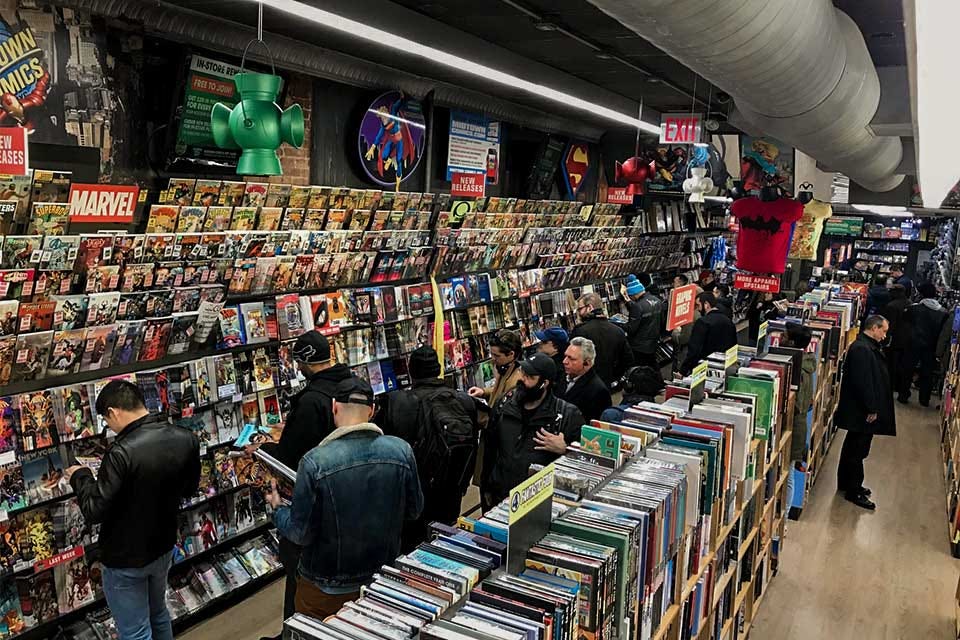
As they would with everything else, the Boomers came to dominate the comics industry. During the Copper Age (??—after the success of Watchmen and The Dark Knight Returns) they began catering the stories to their fellow Boomers, so kid-friendly material took a back seat. Pre-teen, and even teen readers were abandoned completely later on (except by some creators like Chuck Dixon). Once the Big Two altogether abandoned trying to attract a young audience, the young audience abandoned comics—for video games, social media, etc. With typical Golden Goose-strangling short-sightedness, the Boomers nearly ensured the medium would die with them. Some Gen X and even a few Millennials still appreciate comics, but there’s just not enough of us to keep it alive as is.
Perhaps not coincidentally, as the creators gave the young audience the middle finger, the corporate stuffed suits in the industry arranged a distribution system which made it implausible for young people to discover the medium as previous generations had. Comics began disappearing from news stands, spinner racks at grocery checkouts and drug stores (where I used to browse and buy them). The industry began catering to the new Nerd Culture, headquartered in specialty shops. Very few kids could or would find their way into a comic shop, which now was almost the only venue they might discover the art form.
Comics also got expensive. As if there weren’t already enough incentives to pursue other forms of entertainment, the product was priced out of the young audience’s means.
While all of these factors pared down the reach, popularity, and profitability of sequential art, the Woketard Mafia secured ironclad control of the creative aspect. This would eventually drive away a big chunk of the adult audience they were now exclusively depending on. It drove me away in the ‘90s. Most were more longsuffering than I, and loyally kept supporting those who hate us until the agitprop rose to such perverse over-the-top levels that even Nate Normie and Milton Milquetoast voted with their dollars against it.

This brings us, roughly, to the present.
Those are all reasons for the decline. They are all substantial. And I probably missed a couple, but this post isn’t meant to be comprehensive. It also wasn’t meant to be so taxing of the modern (postmodern?) attention span, so I plan to continue this article next week.
Hey, in case you didn’t know: I’m posting chapters from my time travel men’s adventure novel over on Paradox. You should check it out…for free, for now.





